Regency, Renaissance and castles coexist in Jonathan Tuckey's latest home interior design
A central London home interior design by Jonathan Tuckey is an architectural landscape mixing Italian Renaissance, John Soane’s Bank of England, Louis Kahn, Regency styles and British castles
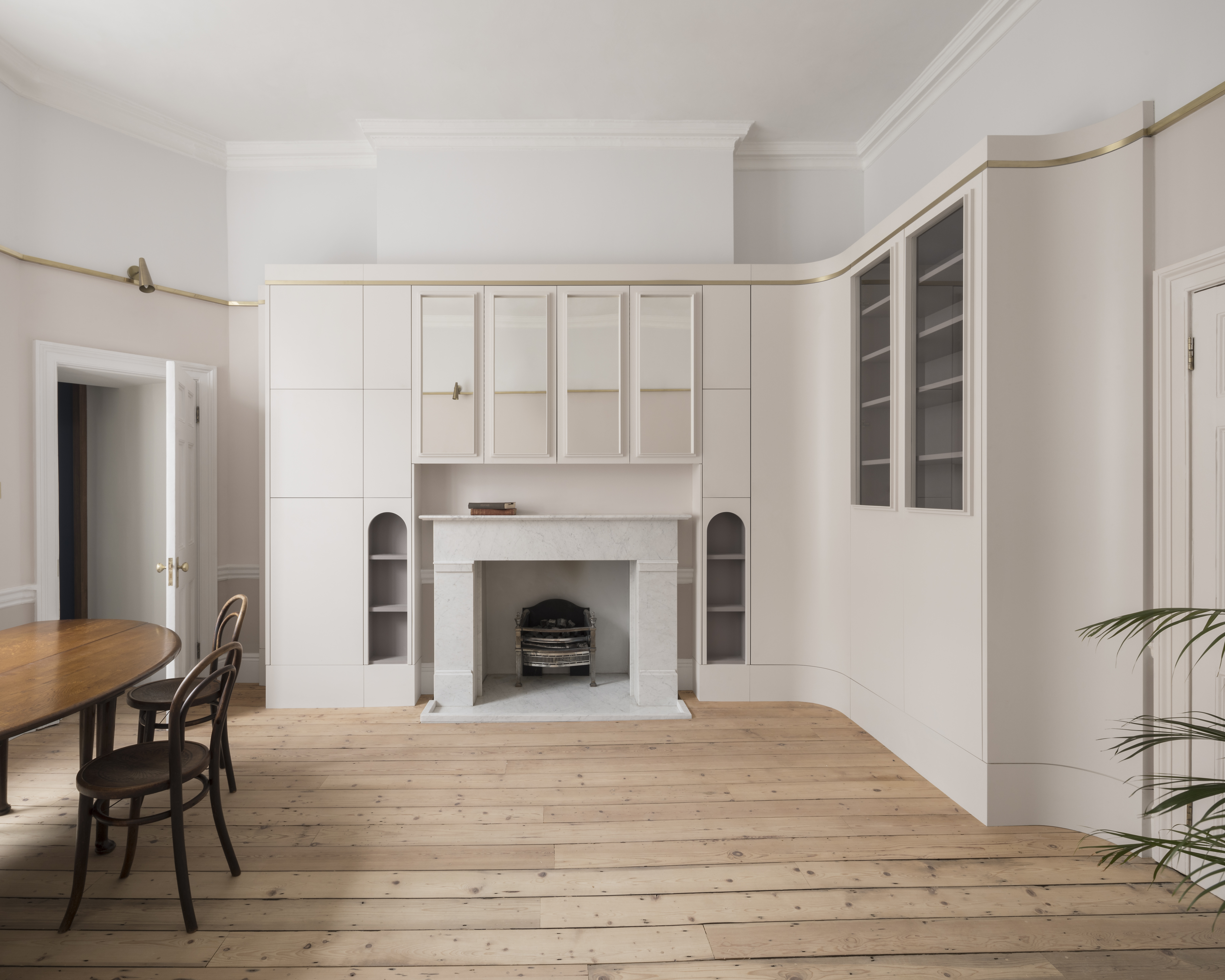
Ståle Eriksen - Photography
A master of interior renovation and transformation, Jonathan Tuckey is an experienced hand at reinventing period spaces – be it domestic or industrial – into richly layered homes that blend contemporary luxury with historical references. His latest home interior design, a house improvement in central London's Wimpole Street, does just that, bringing together the Italian Renaissance, John Soane’s Bank of England, Louis Kahn, Regency styles and British castles.
‘Virginia Woolf described Wimpole street as “…the most august of London streets, the most impersonal. Indeed, when the world seems tumbling to ruin, and civilisation rocks on its foundations, one has only to go to Wimpole Street”, says Tuckey. ‘With this in mind, in the context of 2020, it was quite fitting for the practice to have completed a ground-floor apartment on this particular street in Marylebone.'
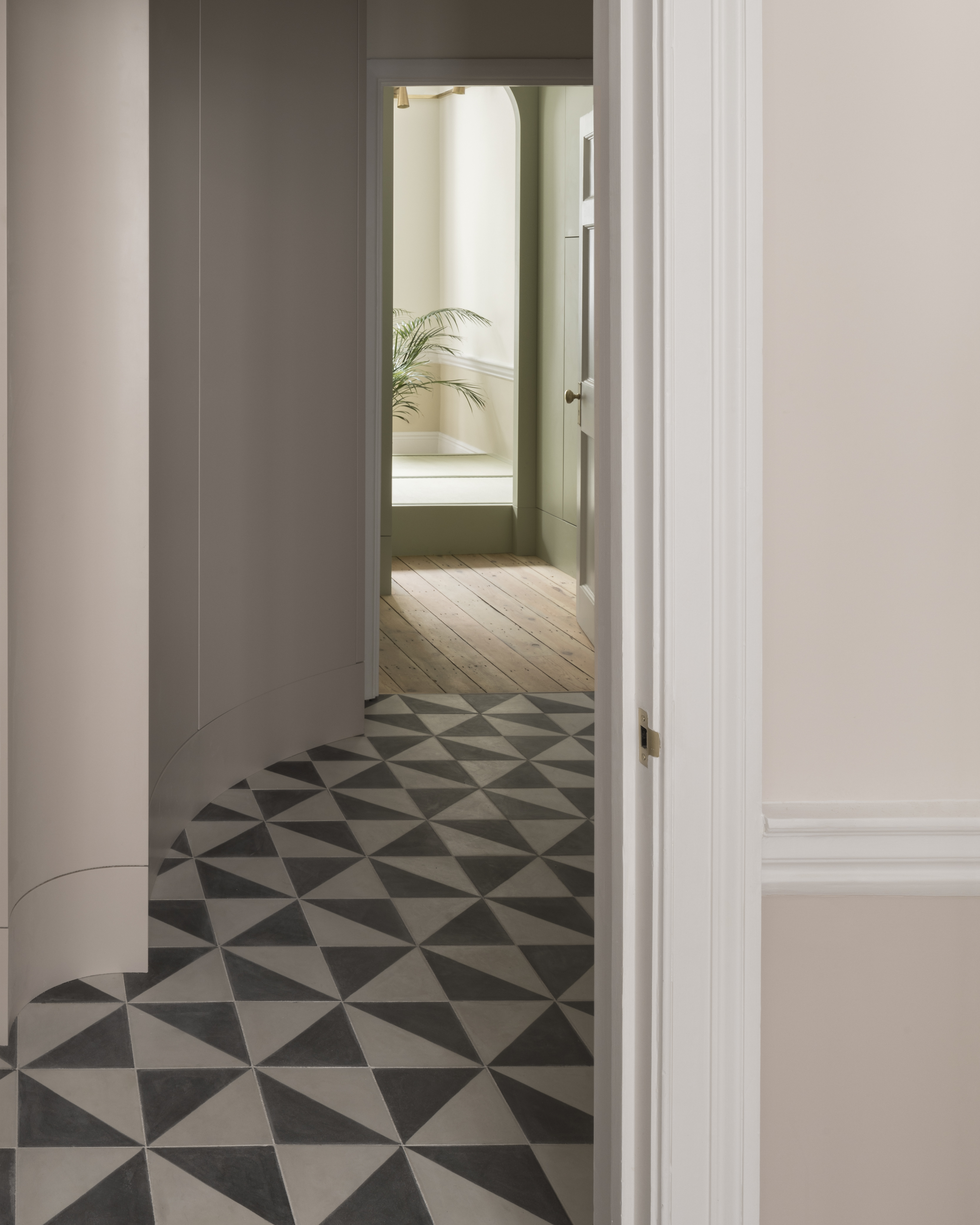
Tuckey's concept consisted of a series of refined, craft-rich joinery elements, which would appear in different rooms and unite the interior with a coherent single approach – at the same time differentiating each room through the colour and type of joinery, giving each space its own identity. The design proposal had roots in the owner's brief and functional requirements for storage and the need to subdivide certain spaces.
Simple as this might sound, this was not your usual joinery work. The design team drew on Regency-style carpentry (the period the original house was built), as well as works by Italian Renaissance painter Stefano di Giovanni. The influence of the latter, especially, can be seen in the wooden forms and spatial treatment, which embraces screens and cabinetry as architectural elements, rather than simply ‘decoration' or pastiche.
Meanwhile, ‘the plan for the apartment was developed as a result of studying John Soane’s Bank of England plan and also Louis Kahn’s investigation of British castles', adds Tuckey on the home interior design's internal arrangement. ‘Both of these precedents helped inform the idea of walls as rooms; increasing the thickness of the walls can enable volumes (rooms) to be excavated from them.'
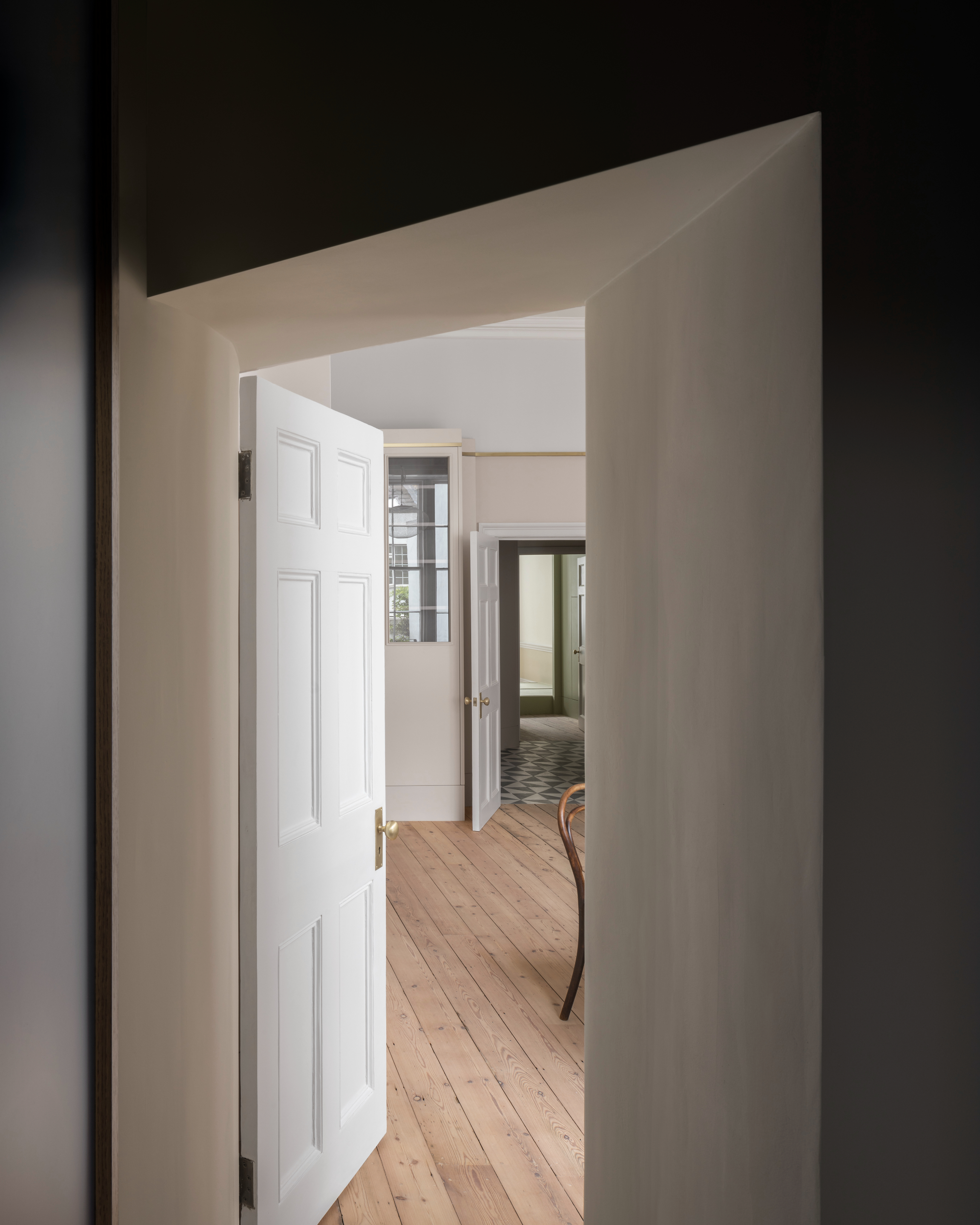
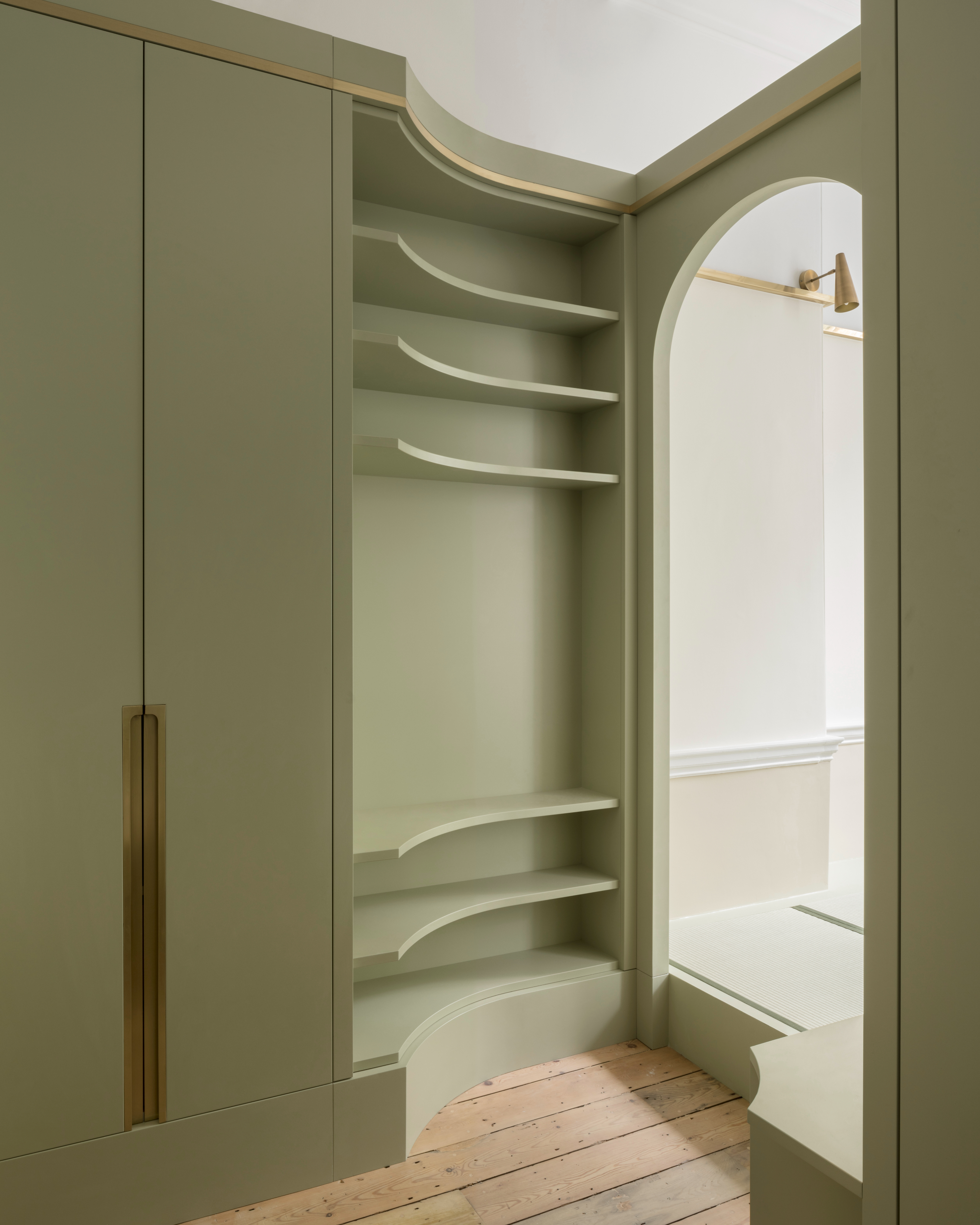
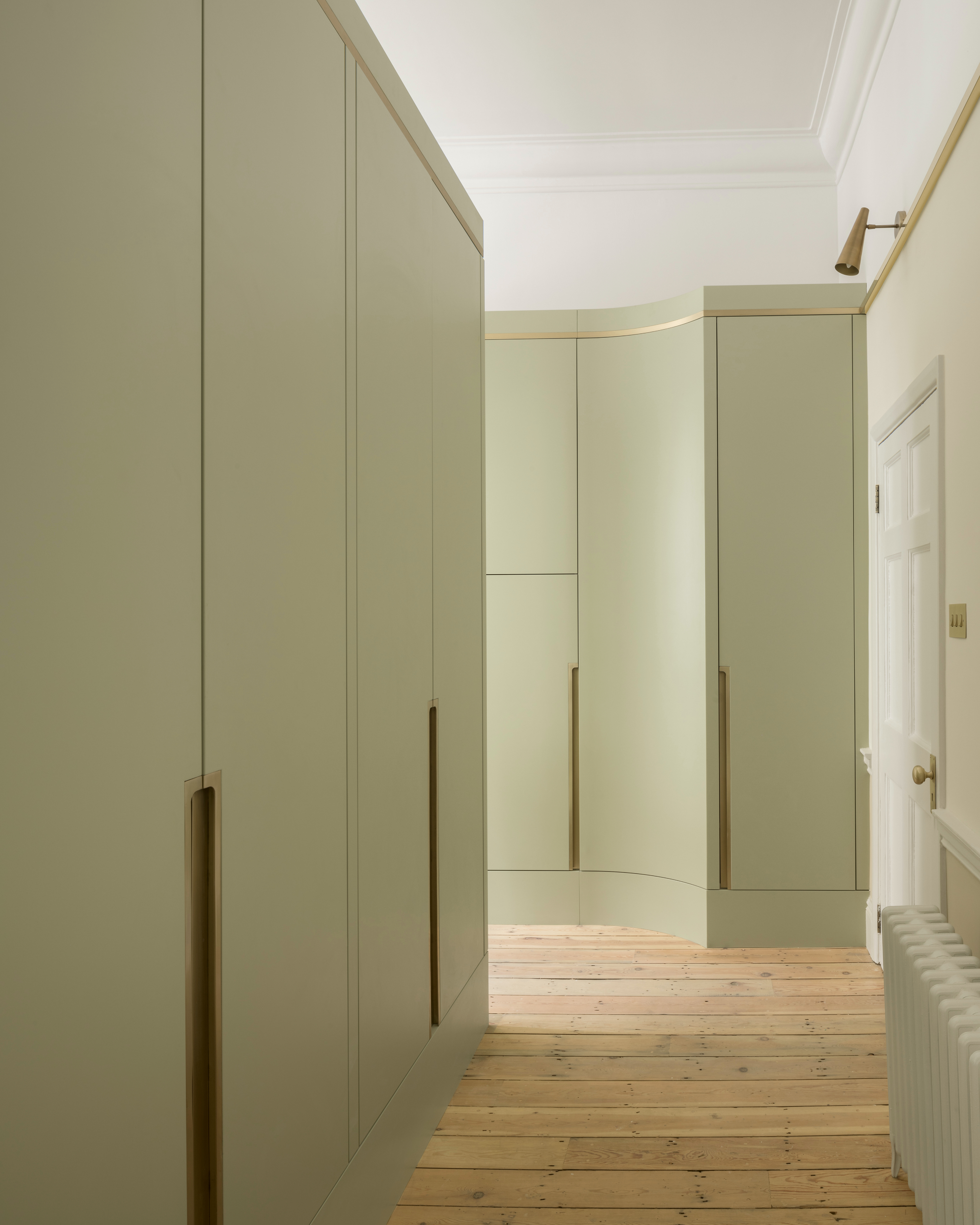
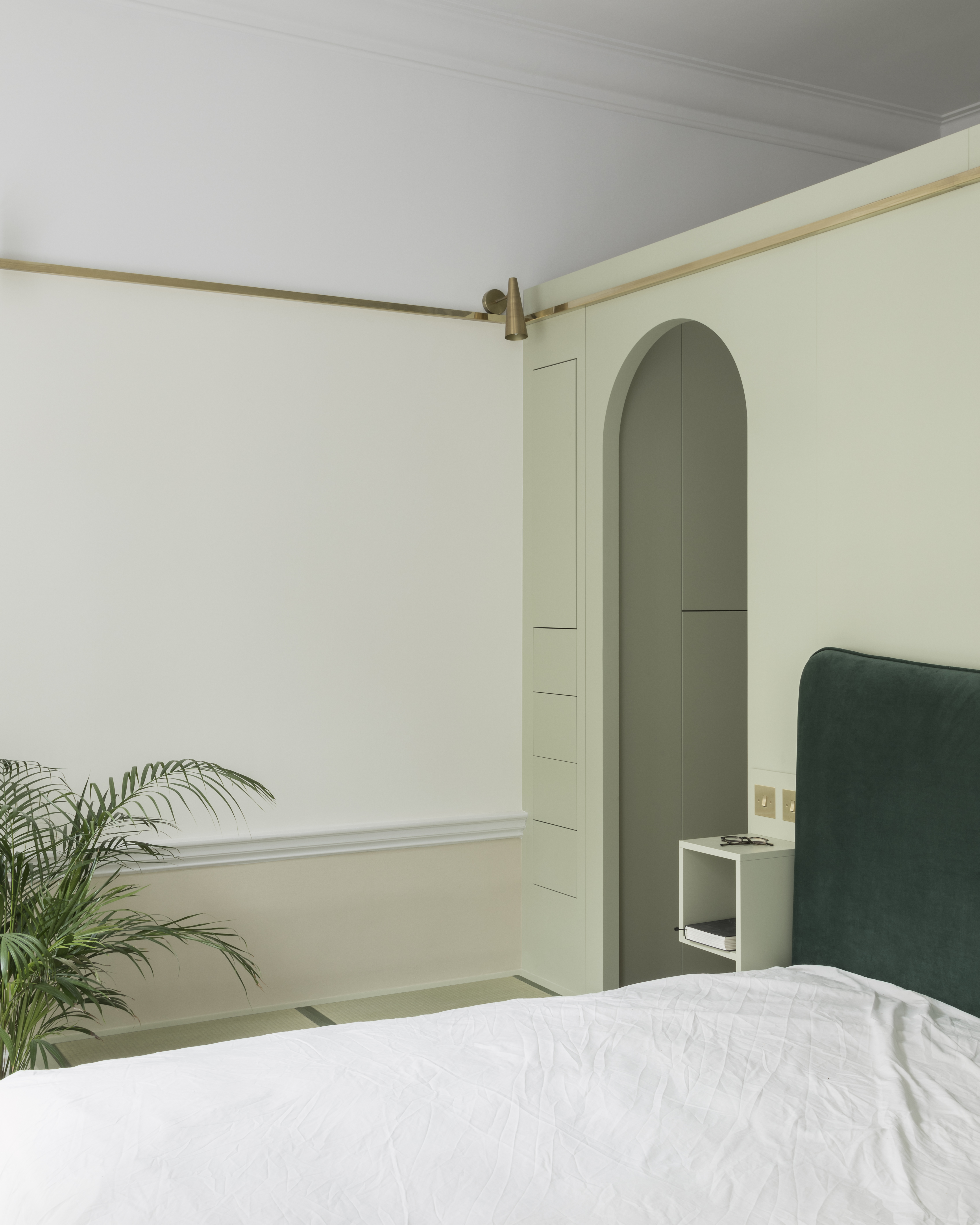
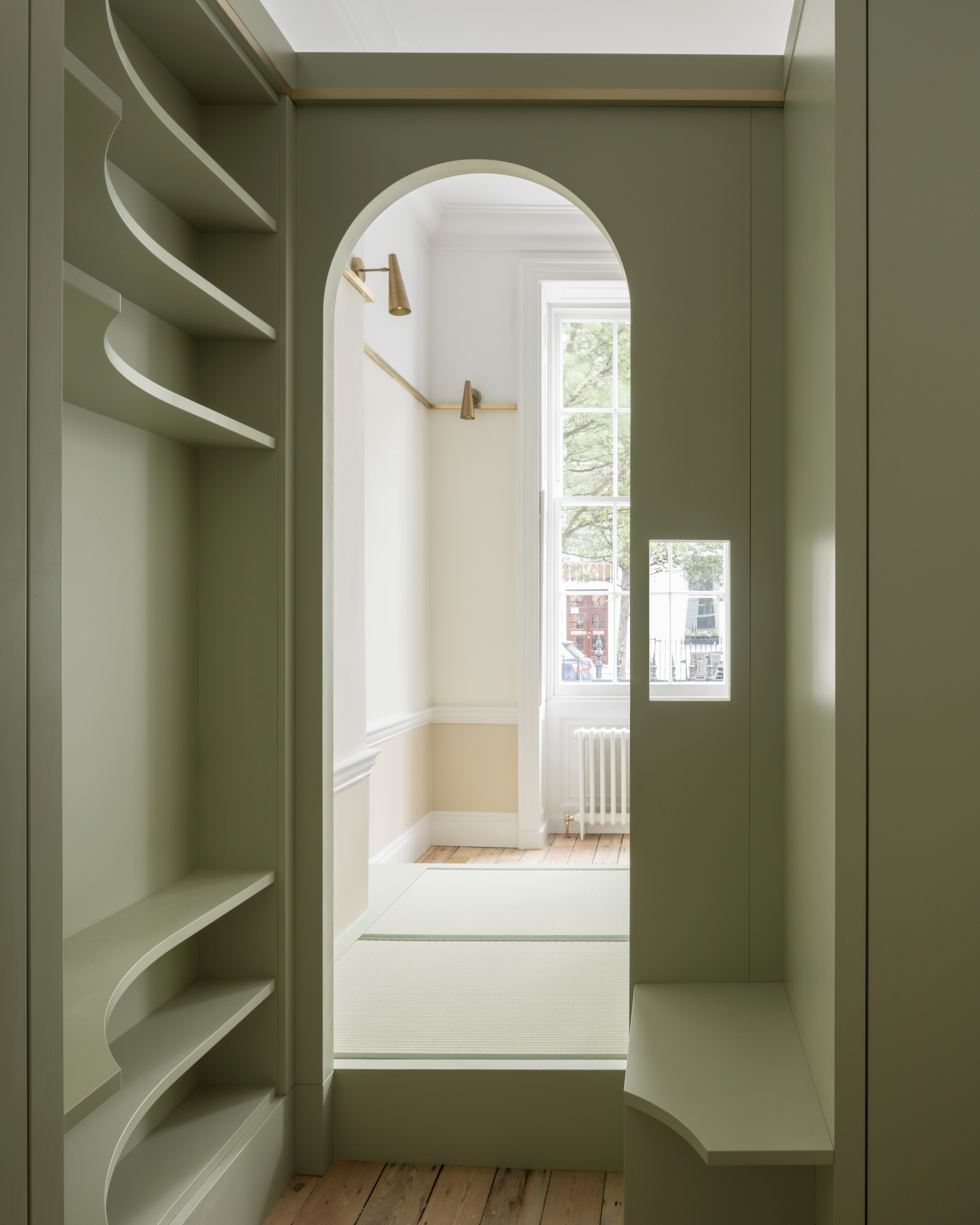
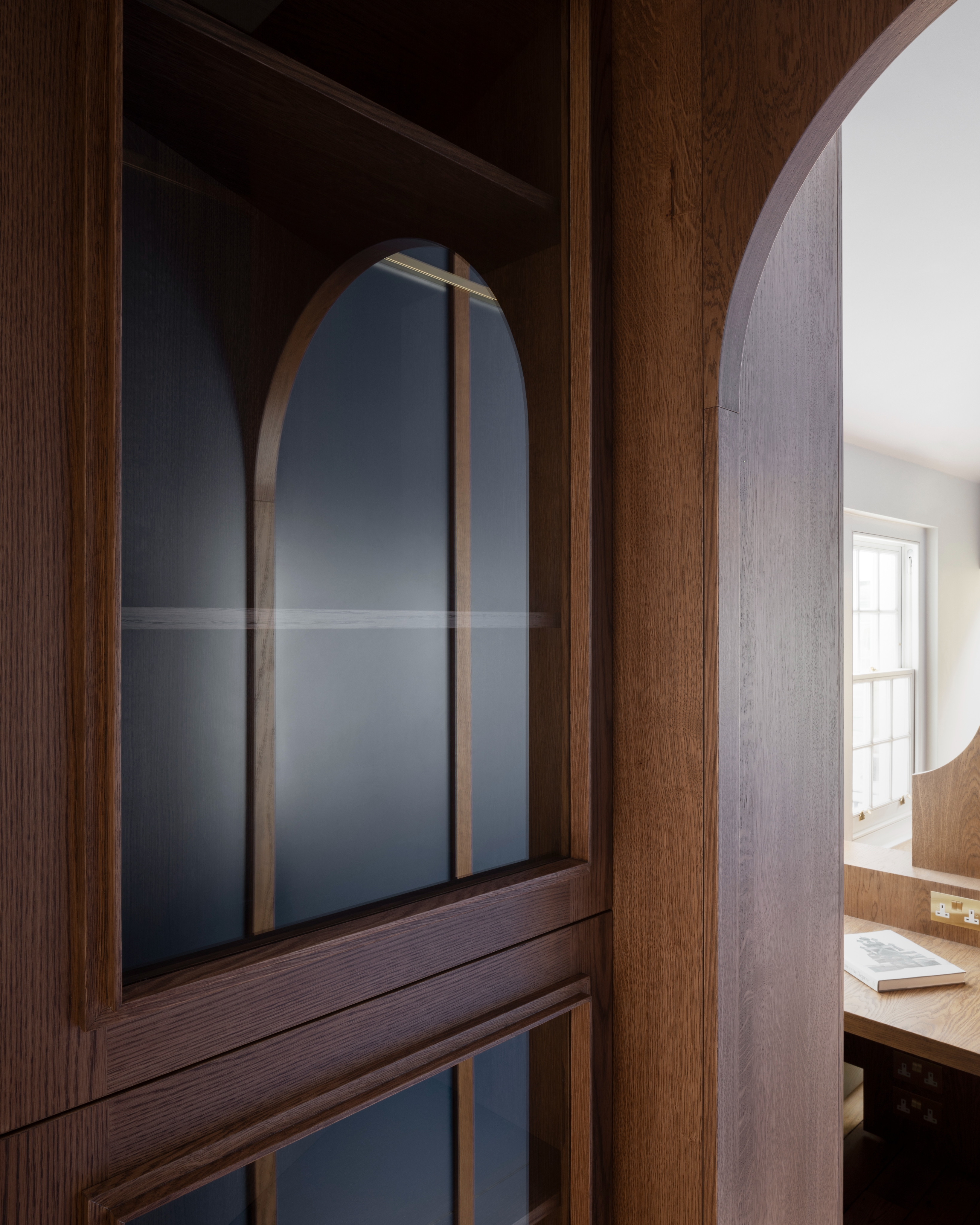

INFORMATION
jonathantuckey.com
Wallpaper* Newsletter
Receive our daily digest of inspiration, escapism and design stories from around the world direct to your inbox.
Ellie Stathaki is the Architecture & Environment Director at Wallpaper*. She trained as an architect at the Aristotle University of Thessaloniki in Greece and studied architectural history at the Bartlett in London. Now an established journalist, she has been a member of the Wallpaper* team since 2006, visiting buildings across the globe and interviewing leading architects such as Tadao Ando and Rem Koolhaas. Ellie has also taken part in judging panels, moderated events, curated shows and contributed in books, such as The Contemporary House (Thames & Hudson, 2018), Glenn Sestig Architecture Diary (2020) and House London (2022).
-
 Put these emerging artists on your radar
Put these emerging artists on your radarThis crop of six new talents is poised to shake up the art world. Get to know them now
By Tianna Williams
-
 Dining at Pyrá feels like a Mediterranean kiss on both cheeks
Dining at Pyrá feels like a Mediterranean kiss on both cheeksDesigned by House of Dré, this Lonsdale Road addition dishes up an enticing fusion of Greek and Spanish cooking
By Sofia de la Cruz
-
 Creased, crumpled: S/S 2025 menswear is about clothes that have ‘lived a life’
Creased, crumpled: S/S 2025 menswear is about clothes that have ‘lived a life’The S/S 2025 menswear collections see designers embrace the creased and the crumpled, conjuring a mood of laidback languor that ran through the season – captured here by photographer Steve Harnacke and stylist Nicola Neri for Wallpaper*
By Jack Moss
-
 An octogenarian’s north London home is bold with utilitarian authenticity
An octogenarian’s north London home is bold with utilitarian authenticityWoodbury residence is a north London home by Of Architecture, inspired by 20th-century design and rooted in functionality
By Tianna Williams
-
 What is DeafSpace and how can it enhance architecture for everyone?
What is DeafSpace and how can it enhance architecture for everyone?DeafSpace learnings can help create profoundly sense-centric architecture; why shouldn't groundbreaking designs also be inclusive?
By Teshome Douglas-Campbell
-
 The dream of the flat-pack home continues with this elegant modular cabin design from Koto
The dream of the flat-pack home continues with this elegant modular cabin design from KotoThe Niwa modular cabin series by UK-based Koto architects offers a range of elegant retreats, designed for easy installation and a variety of uses
By Jonathan Bell
-
 Are Derwent London's new lounges the future of workspace?
Are Derwent London's new lounges the future of workspace?Property developer Derwent London’s new lounges – created for tenants of its offices – work harder to promote community and connection for their users
By Emily Wright
-
 Showing off its gargoyles and curves, The Gradel Quadrangles opens in Oxford
Showing off its gargoyles and curves, The Gradel Quadrangles opens in OxfordThe Gradel Quadrangles, designed by David Kohn Architects, brings a touch of playfulness to Oxford through a modern interpretation of historical architecture
By Shawn Adams
-
 A Norfolk bungalow has been transformed through a deft sculptural remodelling
A Norfolk bungalow has been transformed through a deft sculptural remodellingNorth Sea East Wood is the radical overhaul of a Norfolk bungalow, designed to open up the property to sea and garden views
By Jonathan Bell
-
 A new concrete extension opens up this Stoke Newington house to its garden
A new concrete extension opens up this Stoke Newington house to its gardenArchitects Bindloss Dawes' concrete extension has brought a considered material palette to this elegant Victorian family house
By Jonathan Bell
-
 A former garage is transformed into a compact but multifunctional space
A former garage is transformed into a compact but multifunctional spaceA multifunctional, compact house by Francesco Pierazzi is created through a unique spatial arrangement in the heart of the Surrey countryside
By Jonathan Bell